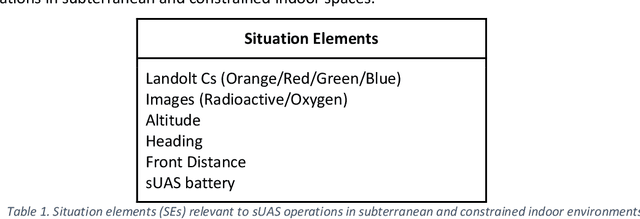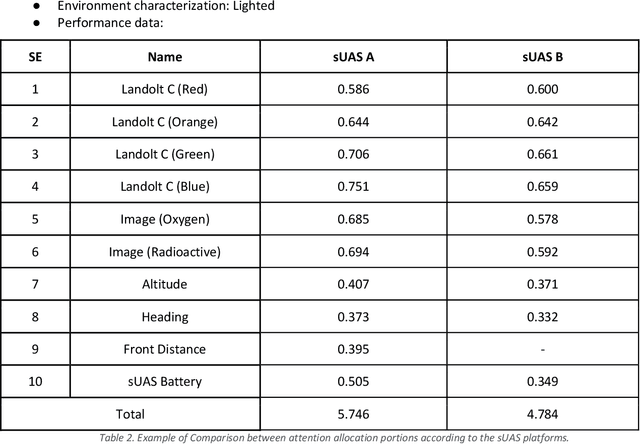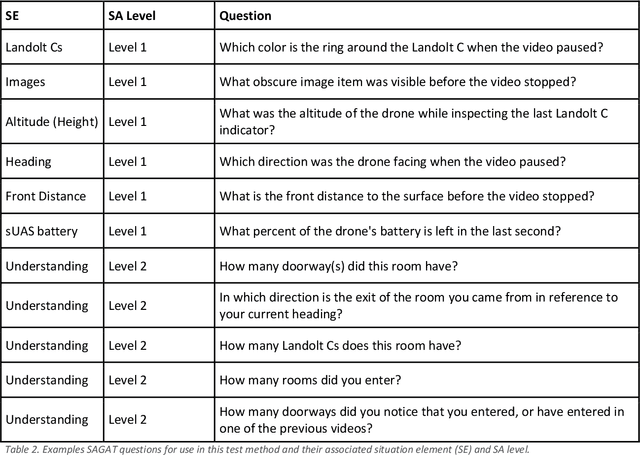Zahra Rezaei
University of Massachusetts Lowell
Preset-Voice Matching for Privacy Regulated Speech-to-Speech Translation Systems
Jul 18, 2024Abstract:In recent years, there has been increased demand for speech-to-speech translation (S2ST) systems in industry settings. Although successfully commercialized, cloning-based S2ST systems expose their distributors to liabilities when misused by individuals and can infringe on personality rights when exploited by media organizations. This work proposes a regulated S2ST framework called Preset-Voice Matching (PVM). PVM removes cross-lingual voice cloning in S2ST by first matching the input voice to a similar prior consenting speaker voice in the target-language. With this separation, PVM avoids cloning the input speaker, ensuring PVM systems comply with regulations and reduce risk of misuse. Our results demonstrate PVM can significantly improve S2ST system run-time in multi-speaker settings and the naturalness of S2ST synthesized speech. To our knowledge, PVM is the first explicitly regulated S2ST framework leveraging similarly-matched preset-voices for dynamic S2ST tasks.
DECISIVE Test Methods Handbook: Test Methods for Evaluating sUAS in Subterranean and Constrained Indoor Environments, Version 1.1
Nov 01, 2022



Abstract:This handbook outlines all test methods developed under the Development and Execution of Comprehensive and Integrated Subterranean Intelligent Vehicle Evaluations (DECISIVE) project by the University of Massachusetts Lowell for evaluating small unmanned aerial systems (sUAS) performance in subterranean and constrained indoor environments, spanning communications, field readiness, interface, obstacle avoidance, navigation, mapping, autonomy, trust, and situation awareness. For sUAS deployment in subterranean and constrained indoor environments, this puts forth two assumptions about applicable sUAS to be evaluated using these test methods: (1) able to operate without access to GPS signal, and (2) width from prop top to prop tip does not exceed 91 cm (36 in) wide (i.e., can physically fit through a typical doorway, although successful navigation through is not guaranteed). All test methods are specified using a common format: Purpose, Summary of Test Method, Apparatus and Artifacts, Equipment, Metrics, Procedure, and Example Data. All test methods are designed to be run in real-world environments (e.g., MOUT sites) or using fabricated apparatuses (e.g., test bays built from wood, or contained inside of one or more shipping containers).
 Add to Chrome
Add to Chrome Add to Firefox
Add to Firefox Add to Edge
Add to Edge